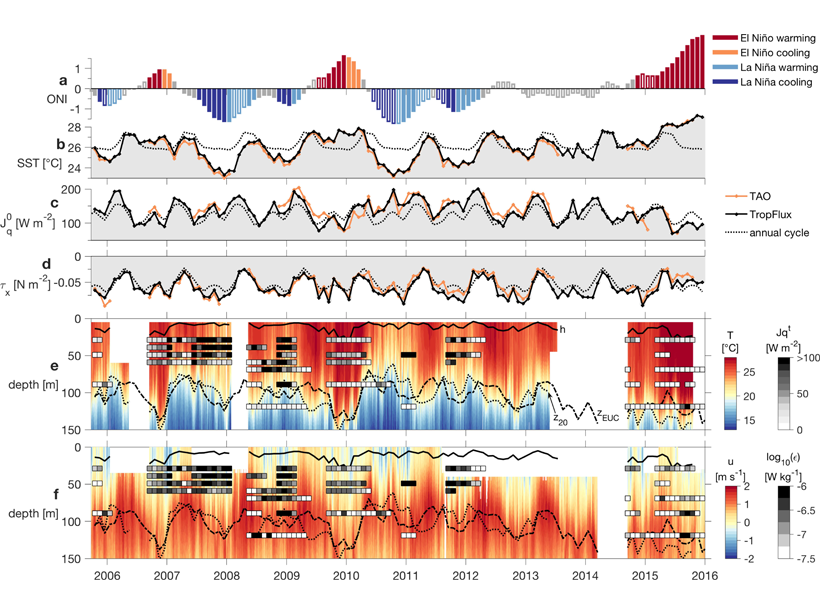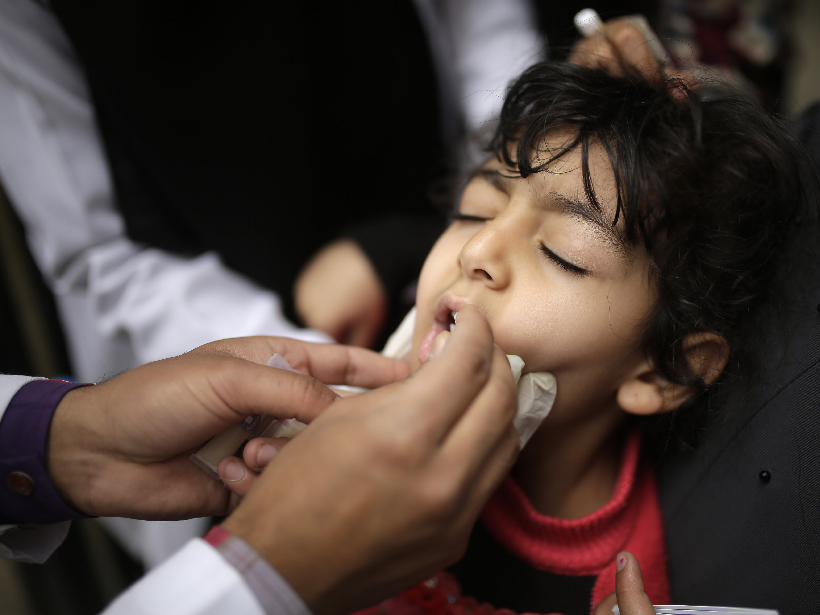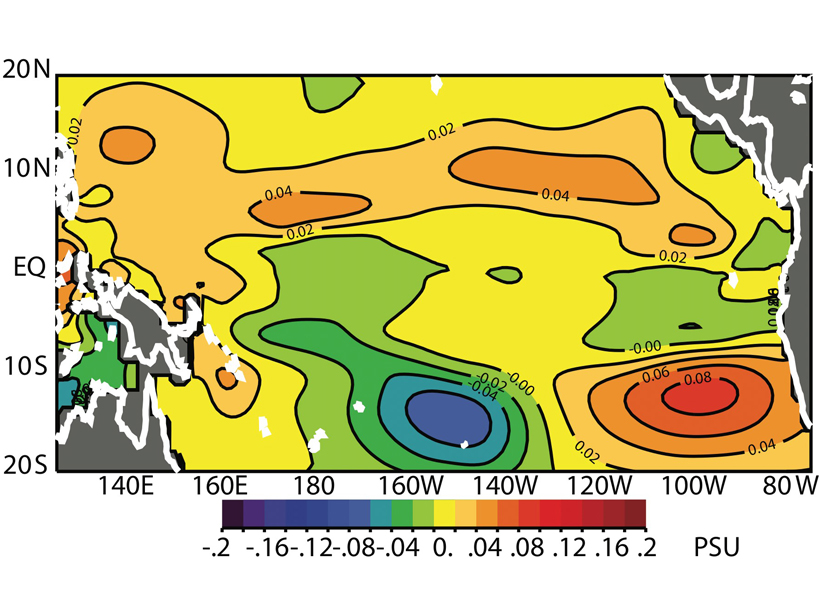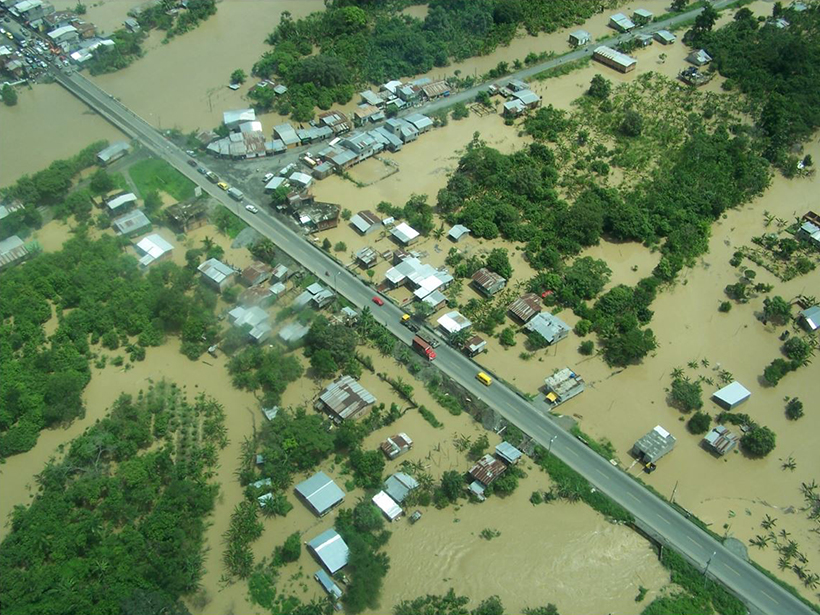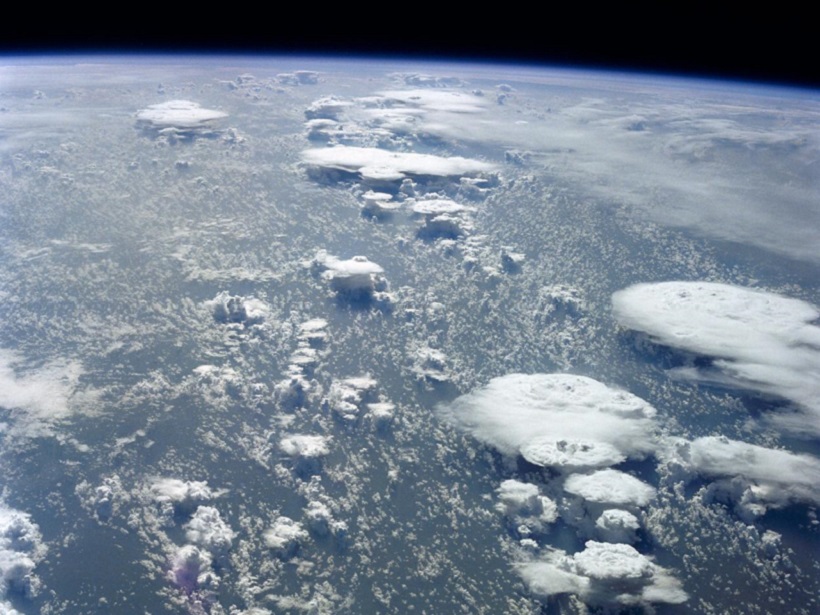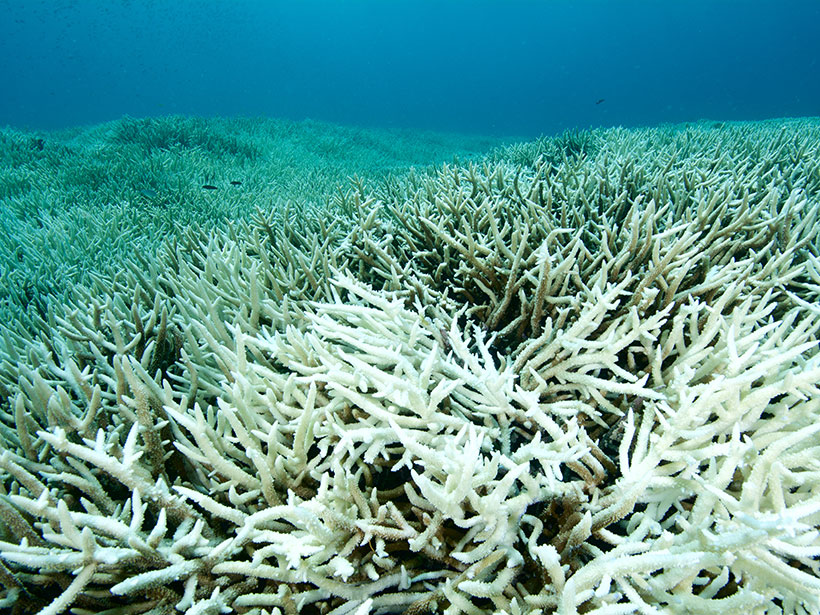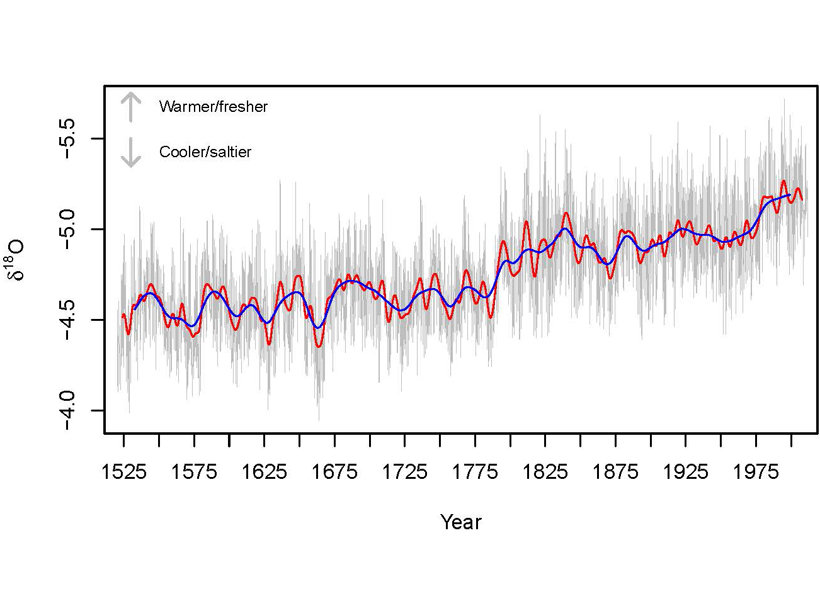Changes in oceanic turbulence act to regulate the sea surface temperature during the evolution of the El Niño Southern Oscillation cycle.
ENSO
Using Climate Studies to Better Predict Diarrhea Outbreaks
Researchers have found new connections between La Niña climate conditions and the leading killer of children worldwide.
Artificial Intelligence May Help Predict El Niño
Deep learning techniques give scientists the longest–lead time forecasts yet.
El Niño May Be a Culprit Behind the Cholera Epidemic in Yemen
Increased rainfall in East Africa and subsequent wind may have brought infected bugs to Yemen, causing the worst cholera outbreak of our time.
Salinity from Space Improves El Niño Forecasts
Assimilating satellite observations of ocean surface salinity significantly improves coupled model forecasts of El Niño.
Understanding ENSO in a Changing Climate
Centre for Southern Hemisphere Oceans Research (CSHOR) ENSO Science Symposium; Hobart, Tasmania, Australia, 29–31 January 2019
Global Impacts of ENSO Reach into the Stratosphere
El Niño events have significant global impacts on weather and climate, but these reach up into the stratosphere, beyond the troposphere where most of Earth’s weather takes place.
How Ningaloo Niño Supercharges the El Niño–Southern Oscillation
The warm current cools the tropical Pacific and strengthens trade winds.
What American Samoan Corals Tell About El Niño’s History
Samoan corals record how patterns of warm/cool and more/less salty in the equatorial Pacific changed in space and time over the last 500 years.
The Long Reach of El Niño’s Broom
Both the El Niño Southern Oscillation and natural variations in tropical Pacific weather conditions impact surface air quality in the Eastern United States.

